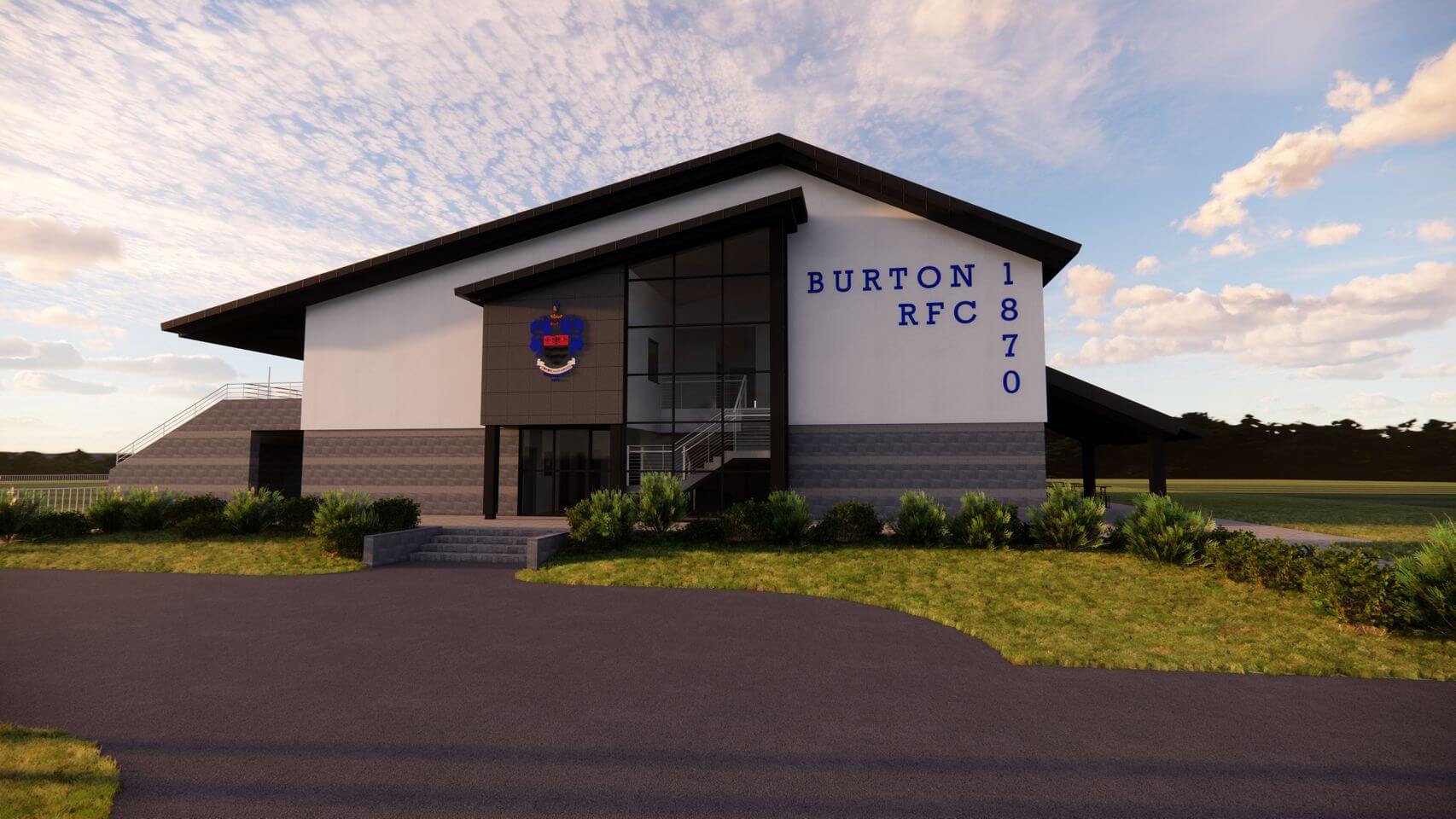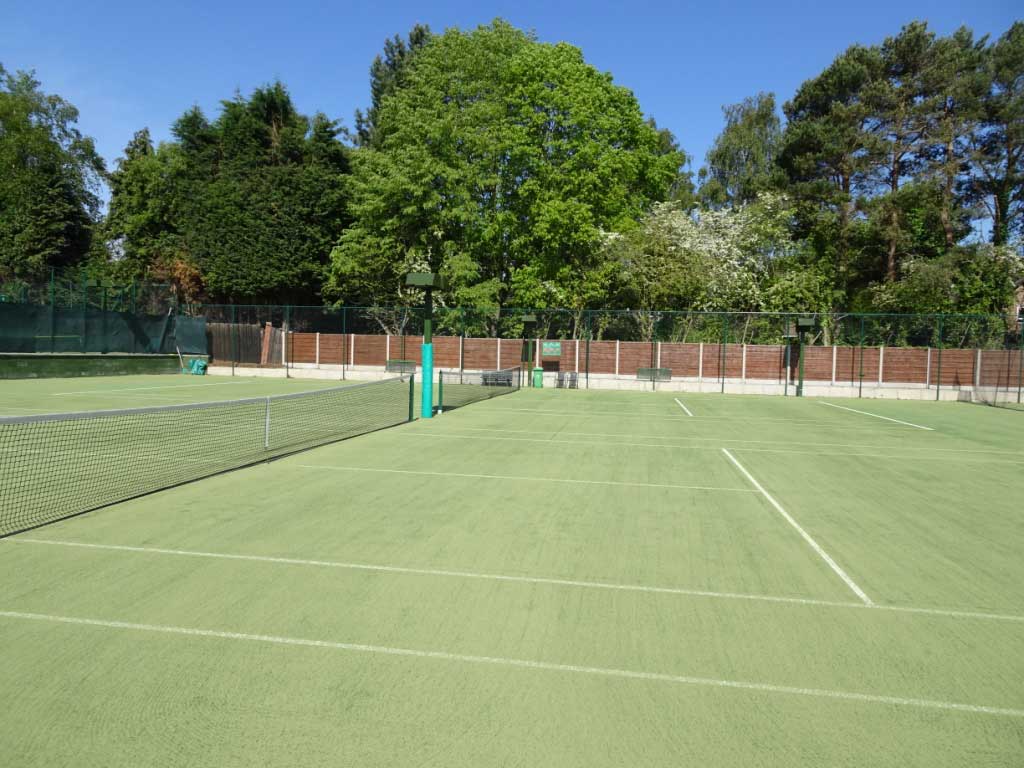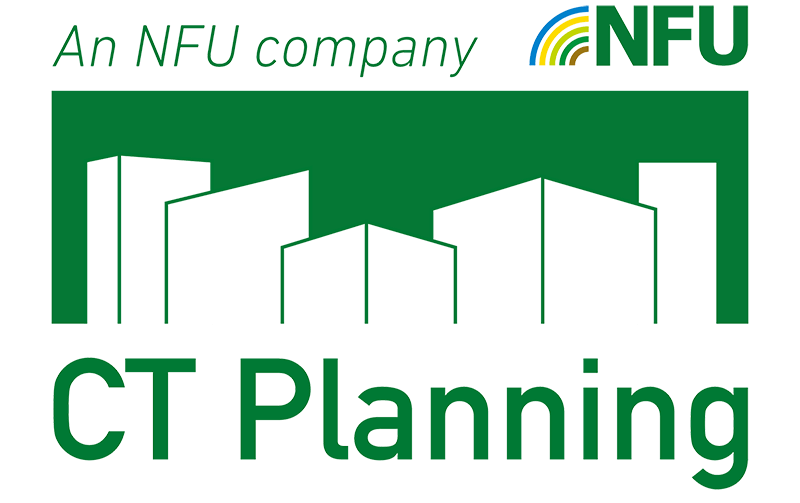Home » Our Services » Planning Permission for Sports and Leisure Facilities
Planning Permission for Sports and Leisure Facilities
We're here to help you with
no-nonsense
straight-talking
expert
planning advice

How to get planning permission for sports pitches and leisure facilities
Whether you’re envisioning a state-of-the-art sports pitch, a modern clubhouse, or a vibrant leisure centre, navigating the planning process is crucial to turning your vision into reality.
Securing planning permission is a fundamental step in the development of sports and leisure facilities. It not only ensures compliance with regulatory requirements but also plays a pivotal role in fostering positive community relations. CT Planning recognise that a well-designed facility can enhance local amenities, contribute to community well-being, and provide valuable recreational spaces.
Common Challenges with sport and leisure planning applications
The sports and leisure sector often faces challenges related to noise, traffic, and environmental impact. CT Planning can assist in addressing these concerns and develop solutions that balance the benefits of recreational facilities with the needs of local residents. Whether it’s minimising noise disruption or managing increased traffic flow, CT Planning are committed to finding sustainable solutions for all stakeholders.
Ensuring the accessibility of facilities is also a crucial factor to address. Planning authorities consider various aspects of accessibility to ensure that facilities are inclusive and can be enjoyed by a diverse range of people. There are specific guidelines and regulations that should be adhered to in this area and considered in your scheme.
Planning Permission for Football Pitches and other sports pitches
In most cases, the construction of a new football pitch requires planning permission and the same is likely to be true for other sports pitches as well. Creating or enhancing sports pitches requires careful consideration of local needs and the environmental impact. CT Planning are experts in this field having worked with rugby, cricket, football and tennis clubs to obtain planning permission and can guide you through the application process, ensuring that your pitches meet the highest standards while aligning with community expectations and overcoming environmental constraints
We also have significant expertise in gaining planning permission for sports floodlighting.
Planning Permission for Sports Clubhouses
Constructing or extending a clubhouse is not just about providing facilities for athletes and club members; it’s about creating a focal point for community engagement. Our consultants assist in developing plans that meet both the functional needs of your club and the aesthetic requirements of the surrounding area. It is important to be aware that developments to existing facilities such as fencing, changing rooms or outdoor lighting may require planning permission.
Planning Permission for Leisure centres
Whether it’s a fitness centre, swimming pool, or recreational area, our experts work to secure planning permission that enhances the accessibility and enjoyment of leisure spaces while addressing potential concerns such as increased foot traffic or parking demands.
Sport & Leisure Planning FAQS
In most cases, converting a natural sports pitch to an artificial surface like astro turf or 3G requires planning permission. This change is considered an engineering operation and therefore, local planning authorities typically require you to submit a planning application.
If you are installing a basketball court at your home it may fall under the category of “permitted development,” meaning planning permission may not be required. However, there are certain conditions and criteria that must be met, such as the size and location of the court. It’s advisable to check with your local planning authority to ensure compliance with regulations.
Constructing a public basketball court would typically require planning permission. Whether the project is initiated by a local government, community organisation, or private entity, it is subject to the same planning regulations as other development projects.
In most cases, constructing a tennis court on your property requires planning permission, if you are erecting a fence around the court over two metres. If you intend to build your tennis court on a piece of land other than your garden, check that it is not classed as agricultural land, as you will need permission to change it. Likewise, if your house is a listed building, you may need permission, while installing floodlights will almost certainly require planning permission
Changing the surface material of an existing tennis court will require planning permission. This is because alterations to the playing surface is an engineering operation, which requires full planning consent so it’s crucial to consult with a planning consultant to assess whether an application should be made.
Got a question about your sport and leisure planning project?
Overcoming the intricacies of the planning system can be challenging and seeking expert advice will give you the best chance of success. Our dedicated team have extensive experience in designing schemes that align with local regulations and community needs. From initial consultations to the final approval, our experts work closely with you to create a comprehensive planning strategy. Contact CT Planning for expert guidance and tailored planning solutions that bring your vision to life.




